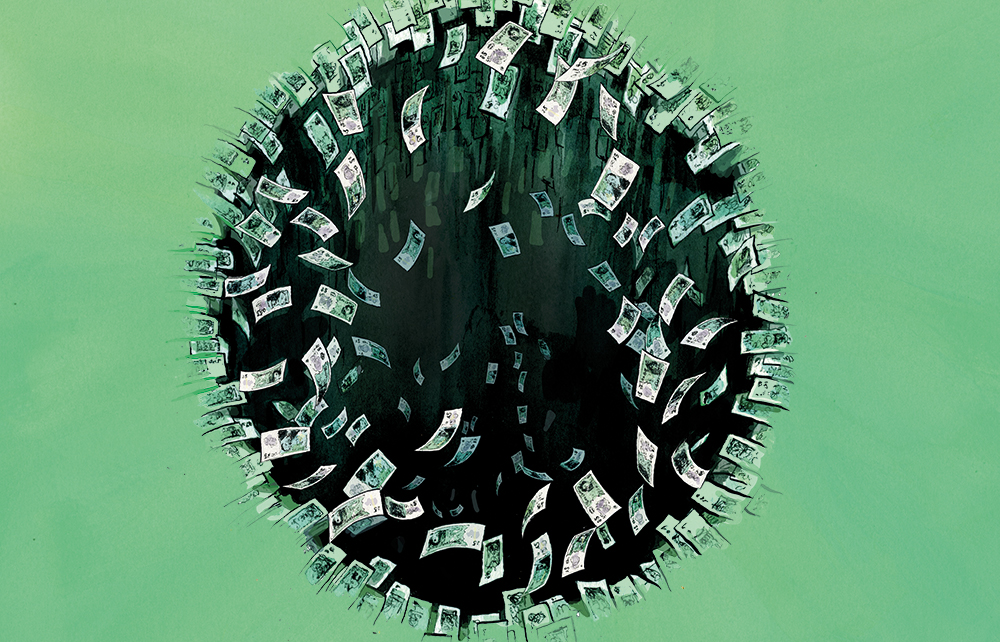Also needs nickel, which is an expensive material so often omitted on cheap stuff.
Completely wrong, far more to it.
Turns out that SS can contain iron but also has to contain chromium, the chromium molecules surround the iron molecules and prevent rusting. The amount of chromium seems to be the critical factor and cheaper ones with lower chromium content will rust.
Also not right, it's the srface.
If you take iron and pile chromium into it, you have stainless steel. But there's about 6 groups of stainlesses.
I could give you a lecture on stainless steel, but it would be better 4u2 look it up. It's a bit complex.
Also it's a long time ago when I did it and memory tricks make it easy to misplace something into the wrong group.
Basically it's Cr that makes it stainless, Ni is added to make it heat-treatable, then there's carbon and other elements like Mo, V,W, etc
The Ni is
only there to make it hardenable not to increase corrosion resistance, though that can happen, it depends. Some lower Ni alloys like 304 are more corrosion resistant than higher Ni, say; It's complex. Other elements can be used than Nickel, like Mn and N.
The magnetic thing can be misleading. Try your cutlery or your sink. Stainless, but very possibly magnetic, possibly not. Ferritic stainless steel is ferromagnetic, but they all are, at least a bit.
If It's 18-10-2 then it won't be, because it's austenitic. Ferritic/austenitic are names for phases, - atomic arrangements in the crystals in the metal.
It's the object surface which gets Cr203 on the surface to make the stuff stainless. Think of most of the alloying elements as in solid solution, like salt and alcohol in water, frozen. Yes they affect the corrodablity of the matrix, not the surface so much. There are several corrosion modes... grain boundaries are attacked by chlorides, or stress and air even.
Carbides are more like hard particles, partly, depending on concentration.
The magnetic thing is further complicated - there are several types of magneticness, like paramagnetic and others. Tiny amounts of surface ferrite can make something appear to be ferromagnetic.
Odd things occur - eg you can put a SS in a lathe chuck or a steel bin, and have it later show rust, because of "ferrite pick-up".
Also if you bend something it can become ferromagnetic, so how was the plaster bead made? Possibly not annealed or normalised or tempered - hard is good .
If you paid through the nose and had the best possible alloy hat exists for your plaster bead, none of those will happen, but it's just plaster bead, so,....
I'm expecting someone to talk about plastic plaster beads next. Don't rust so must be good, right? Nope"!
Ajohn's springs will have a lot of carbon in them , probably. You could get a similar result with Cr-Ni-MO-V - W alloys and less carbon.
Carbon-containing phases arrest stacking faults, which is the mechanism of bending, like a ripple on a carpet moves the carpet if you move the ripple. That's one wat of hardening. ANother is WORK, which pushes all the ripples to the grain boundaries, another is heat treatment, which modifies the distribution of precipitates, another is alloying in the solid solution which basically just makes it stiffer.
e & oe due to senility....


